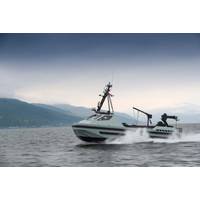
Final Autonomous Minehunting Boat Delivered to UK Royal Navy
The British Royal Navy said it has taken delivery of its third and final autonomous minehunting boat.RNMB Hebe, named after the ancient Greek goddess of youth, joins sister vessels Harrier and Hazard as part of the Royal Navy’s crewless minehunting program Project Wilton. Together, the three vessels are key components in the future of minehunting operations for the navy. The boats are capable of working in different configurations – manually, remotely or autonomously – to detect and classify mines and maritime ordnance.The Project Wilton team are currently undertaking comprehensiv
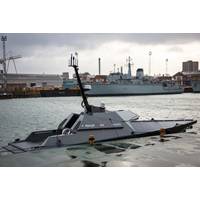
UK Navy Experimenting with New Autonomous Vessel
The British Royal Navy has taken delivery of a new autonomous vessel as the service examines the use of cutting-edge unmanned craft across a range of military operations including surveillance and force protection. The new vessel, named Madfox (short for maritime demonstrator for operational experimentation), was officially handed over to the Navy's experimentation innovator NavyX, who is working toward preparing the uncrewed surface vessel (USV) for a demanding year of testing at sea."With Madfox now directly in the hands of NavyX, the team will be able to explore a multitude of issues
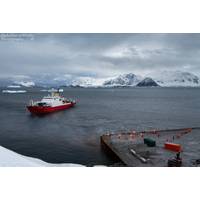
RRS James Clark Ross Makes Its Last Antarctic Call
staff to Antarctica, and to resupply the U.K. stations in Antarctica for another year. Later this month the ship will make one final stop to her home port of the Falkland Islands to refuel before making the six-week journey back to the U.K.RRS James Clark Ross, named after the 19th Century British Royal Navy officer and polar explorer, was built by Swan Hunter Shipbuilders in Wallsend, U.K., and launched in 1990. For the past three decades the 99 meter, 5,372 GT ship has been a floating platform for biological, oceanographic and geophysical research. She contains some of Britain’s most advanced
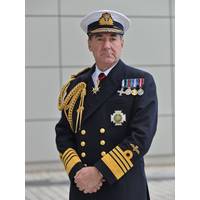
Zambellas to Join Liquid Robotics Advisory Board
Admiral (ret.) Sir George Zambellas, the former First Sea Lord of the British Royal Navy, will join Liquid Robotics’ global Strategic Advisory Board. As a member of this board of advisors, Sir George will bring his vast military and maritime domain knowledge to help Liquid Robotics explore and develop new relationships and opportunities in the military and the nonmilitary markets globally. Zambellas has a highly distinguished naval career that concluded in April 2016 after a three-year appointment as Britain’s First Sea Lord. During this time he served in the U.K. Amphibious
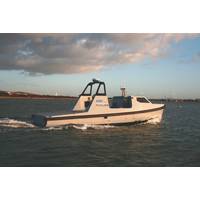
Tomorrow’s Defense: Unmanned Vehicles Enter the Naval Arena
A little more than a year ago, 40 global research and defense companies met to discuss how unmanned systems could be used by the world’s armies, air forces and navies in the defense systems of the future. This led to the British Royal Navy staging its first ‘robot wars’ last fall to give companies the chance to demonstrate their latest technology in a realistic workout. In the largest exercise of its kind ever staged, ‘Unmanned Warrior’, held off the coasts of Scotland and Wales, provided an international showcase for industry to demonstrate what autonomous systems can do
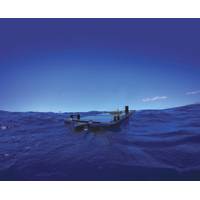
Liquid Robotics, Boeing Demonstrate Warfare Capabilities
and Boeing have for the first time used a network of persistent unmanned surface vehicles (USV) to detect, report and track a live submarine in a naval demonstration. Four Sensor Hosting Autonomous Remote Craft (SHARC) were deployed off the coast of Northern Scotland during the British Royal Navy’s Unmanned Warrior 2016 demonstration. The autonomous surface vehicles used advanced Boeing acoustic sensors in the live anti-submarine warfare (ASW) mission. Over the two-week demonstration, the SHARCs detected and tracked an advancing unmanned underwater vehicle and a



 February 2024
February 2024





